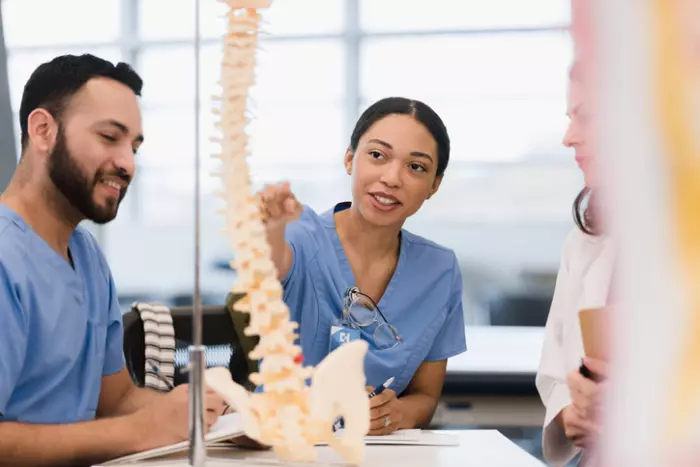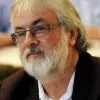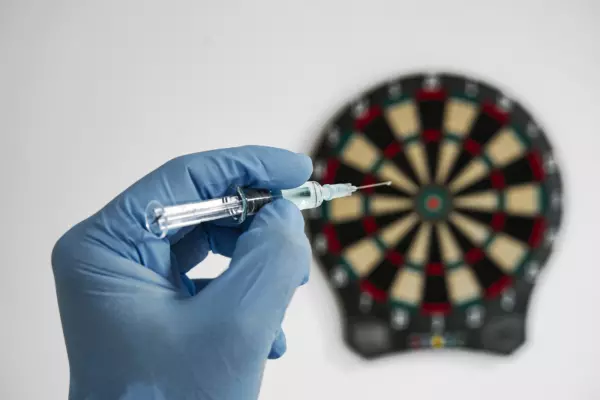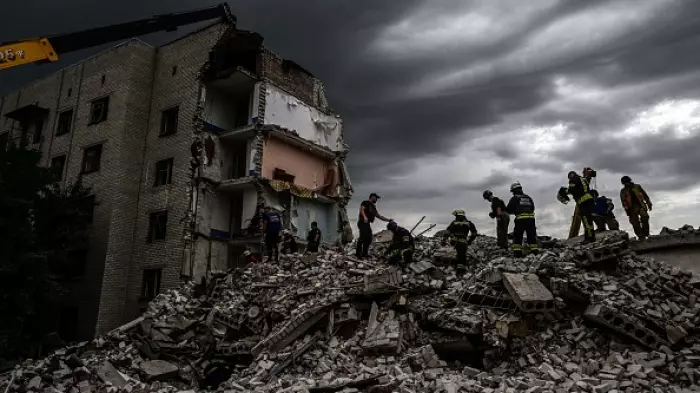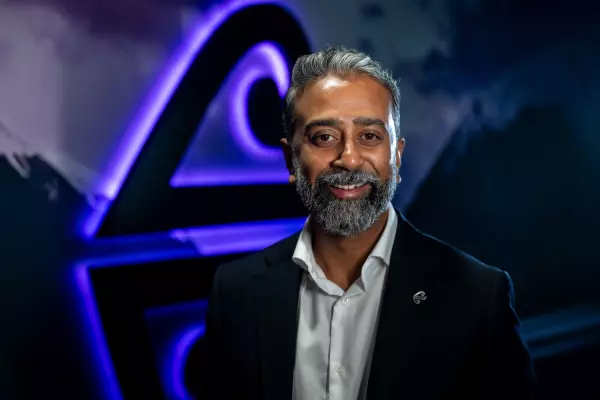In 1972, the Labour party, led by Norman Kirk, was elected to government in an electoral landslide. One of Labour’s promises was to set up a third medical school in Christchurch alongside the existing schools at Auckland and Otago universities.
The two med schools then engaged with the new government arguing that creating a new medical school was not the most effective way of improving student training and numbers. Instead, they proposed building on existing capacity to do more.
To his credit, Kirk’s government listened and accepted this advice, despite its specific election commitment.
This led, among other things, to the setting up of new clinical schools in Christchurch and Wellington under the auspices of the Otago medical school. After that, clinical schools attached to Otago and Auckland have been set up in other parts of the country.
Preceding historical narrative
In its election campaign, the National Party has promised if it's elected in October, it will fund a graduate medical school at Waikato University, focusing on regional and rural training.
It would open in 2027 with 120 students with a non-medical degree.
There's recent history behind this. In 2016, Waikato University proposed a similar med school with a regional and rural focus.
Embarrassingly, it wasn’t helped by the fact that its strongest supporter outside the university was then-Waikato District Health Board chief executive Nigel Murray. He would soon lose his job in disgrace after the public exposure of an expenses scandal.
In 2017, the medical schools of the Otago and Auckland universities proposed a joint virtual ‘National School of Rural Health’. This would build on innovative work by Otago’s medical school in central Otago and span up to 20 rural sites.
In September of the same year, the National-led government resolved to open a bidding process for a new school of rural medicine by 2020 which would produce an extra 60 doctors a year. Then-health minister Jonathan Coleman was thought to be less sympathetic to the Waikato initiative.
However, there was a change of direction when a Labour-led government was elected the following month.
In 2018, new health minister David Clark dropped the bidding process. The next year he proposed setting up a rural training hub. This was consistent with the medical schools' initiative the year before.
And then came the pandemic. Traction resumed in December 2022.
This time an impressively expanded alliance had emerged. As well as the two medical schools, it included the Royal College of General Practitioners and the Hauora Taiwhenua Rural Health Network (an advocacy organisation of rural doctors and nurses).
It's hard to go past this group for relevant experience and expertise.
It presented a proposal for a joint rural health centre to then-health minister Andrew Little. The proposal was further discussed with new health minister Ayesha Verrall in March. This proposal is not restricted to medical training but includes other rural health professional training.
In July, Te Whatu Ora – Health New Zealand published its Health Workforce Plan 2023-24, which recommended building a nationwide framework to coordinate “by-rural-for-rural training”.
There is a continuity in the progression from the Otago and Auckland medical schools’ proposed joint virtual ‘National School of Rural Health’ in 2017 to the expanded proposal submitted in 2022 and Te Whatu Ora’s recently published workforce plan.
In this context, Waikato University’s third medical school seems like an interruption.
Questions over the bidding process
In 2016-17, when Waikato’s third medical school proposal was being considered, I was on a Health Workforce NZ committee advising on medical training in the context of the pipeline from medical schools through to resident [junior] doctor placements in district health boards (DHBs).
I wasn't privy to the details of the business case behind the proposal, but those who were agreed it was not robust enough and that the proposal from the existing medical schools had more to offer for rural medical training.
But I did have difficulties with the bidding process to resolve the matter and the absence of a whole-of-system approach. The bidding process reflected the unfortunate reputation our ‘learned’ university leaderships have for feudalism.
Oh, wouldn’t universities love to be feudal barons! This love affair with feudalism is highlighted in another important area: the intention of Victoria University to unilaterally abandon its responsibility for teacher training without regard to the effects on education.
This was not to say that there wasn’t merit in Waikato’s initiative. But I believe the universities should work together instead of competing to ensure a more robust and integrated system proposal.
This is not Waikato University’s fault. It's operating in a process and policy vacuum. Rather, I believe it's the consequence of a systemic failure of the leadership of both the universities and the health system.
Waikato University argues that its third medical school proposal is based on Adelaide’s Flinders University rural medicine programmes covering rural South Australia and western Victoria in Australia. There is truth in this, but also an important omission.
The Australian federal government funds Flinders University’s programmes as part of a nationwide strategy to improve the health of those in rural and remote areas by increasing the number of health professionals working in these areas.
In contrast, Waikato’s proposal is not part of a nationwide strategy. To realise the good aspirations behind it, it needs to be.
Any medical school, even one that is confined to rural medicine, needs to be supported in teaching by medical specialists in the nearest hospital. This is the case with the two existing medical schools and the various clinical schools in other centres attached to them.
At the time of the debate over the first Waikato University proposal, I was the executive director of the Association of Salaried Medical Specialists. In that role, I ran an electronic survey of our members employed by the Waikato DHB.
We wanted to determine whether they had been consulted about or engaged with the proposal. Partly, this was because of the assertive public support for it by the DHB’s chief executive. The response was revealing.
Overwhelmingly, respondents said they hadn’t been consulted or engaged with. Knowledge of the details was virtually non-existent. Most of what they knew about it was what they'd seen in the media. For me, that raised big questions about how viable the proposal was.
There's another big unanswered question. Is there the capacity in a separate unlinked structure to have the necessary number of medical educators to realistically support a third medical school?
Revisit Norman Kirk
Both the Auckland and Otago medical schools have ongoing work on further developing their capacities and capabilities to expand rural medical training. It would be a shame if a narrowly focused initiative from another university was to disrupt or undermine this progress.
The Waikato University initiative has commendable aspirations, but it should be seen in a wider whole-of-system approach with medical schools and universities working together on how best to expand medical training for rural NZ.
The joint centre initiative proposed last December is a good idea. There's a lot of relevant expertise and intellectual grunt behind it. But bring Waikato University into the engagement loop.
If the National party does succeed in leading the next government after October’s election, it should give this further thought.
Consider the approach of Norman Kirk’s government 50 years ago and learn from it.
Go ‘whole-of-system’ and build on what is already being developed.


